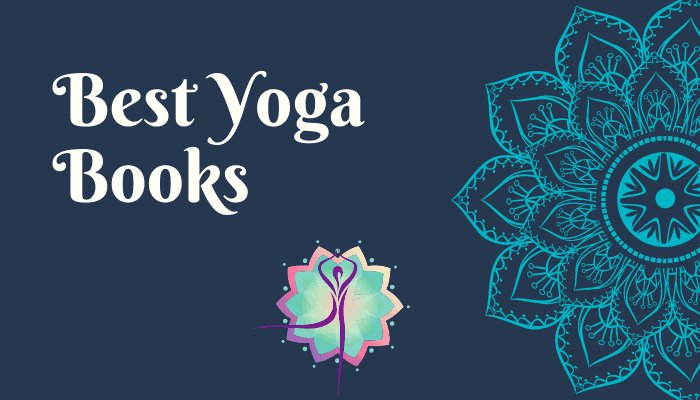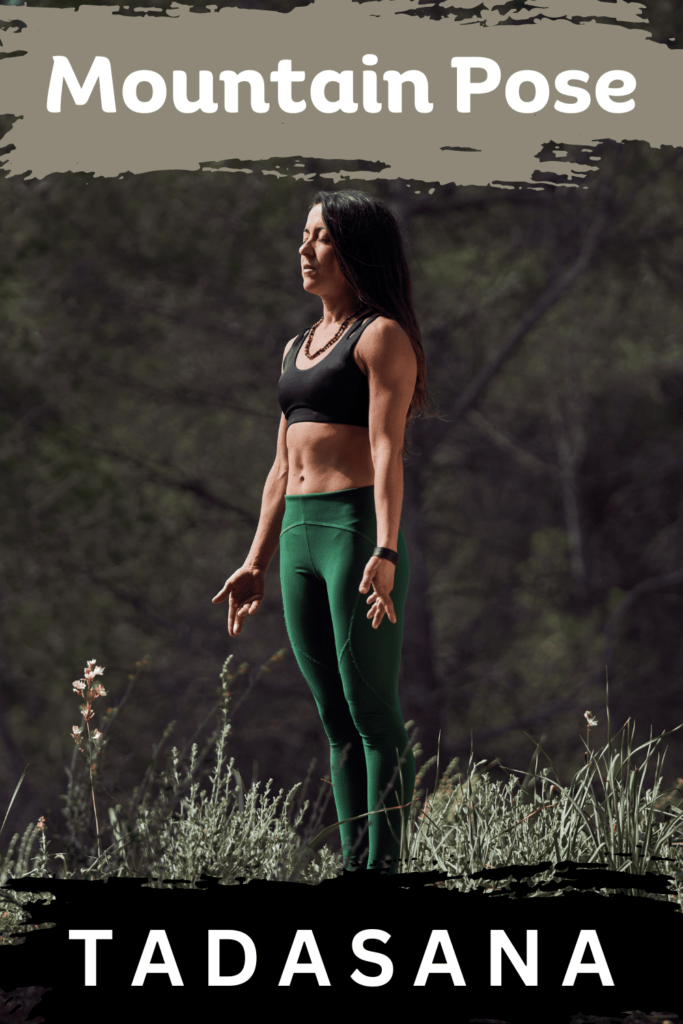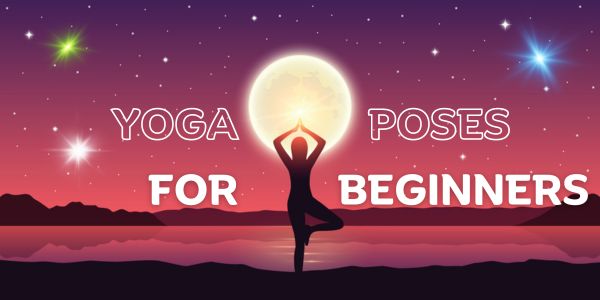
It is one of the most basic and essential yoga poses. It may look simple, but it requires a lot of attention and awareness to perform correctly.
In this pose, you stand tall and steady like a mountain, with your feet firmly rooted on the ground and your spine aligned. You also engage your core muscles, your legs, your arms, and your shoulders to create a sense of stability and balance.
Mountain pose is the starting point for many other standing poses, such as Warrior I, Warrior II, Triangle pose, and Tree pose. It helps you establish a good posture and alignment that you can carry into other poses and into your daily life.
It also teaches you how to breathe deeply and calmly, which can calm your mind and reduce stress.
To practice the Mountain Pose, follow these steps:
Stand with your feet together or hip-width apart, depending on what feels comfortable for you. Make sure your toes are pointing forward and your weight is evenly distributed on both feet. Lift your toes and spread them wide, then place them back on the floor. This will help you activate your arches and create a stable base. Engage your thigh muscles and lift your kneecaps slightly. Avoid locking your knees or hyperextending them. Draw your tailbone down and slightly forward, creating a slight curve in your lower back. Avoid tucking your pelvis too much or arching your back too much. Lengthen your spine and lift your chest. Imagine a string pulling you up from the crown of your head. Keep your chin parallel to the floor and relax your shoulders away from your ears. Extend your arms alongside your body with your palms facing forward. You can also bring your palms together in front of your chest in a prayer position (Anjali mudra) or raise them overhead with your fingers interlaced (Urdhva hastasana). Breathe deeply and evenly through your nose. Focus on the sensations in your body and the connection between your feet and the earth. Stay in this pose for 5 to 10 breaths or as long as you feel comfortable.

You can modify or vary the Mountain Pose to suit different levels of ability and comfort. Here are some options:
If you have difficulty balancing, you can place your hands on your hips or on a wall for support. This will help you stabilize your body and focus on your alignment. If you want to challenge yourself, you can lift one leg up and hold it parallel to the floor. This will increase the strength and flexibility of your legs and core. Make sure to keep your hips level and your spine straight. Repeat on the other side. If you want to add some movement and breath to your pose, you can inhale and raise your arms overhead, then exhale and lower them to your sides. You can also inhale and lift your heels off the floor, then exhale and lower them down. This will create a dynamic flow and a connection between your breath and your movement.

Some of the benefits of the Mountain Pose are:
- It improves your posture and alignment
- It strengthens your legs, ankles, feet, core, arms, and shoulders
- It stretches your spine and chest
- It enhances your balance and stability
- It boosts your confidence and self-esteem
- It calms your mind and nervous system

Some of the contraindications of the Mountain Pose are:
- If you have low blood pressure, avoid raising your arms overhead as this may cause dizziness or fainting
- If you have a headache or insomnia, avoid practicing this pose before bedtime as it may stimulate your brain activity
- If you have any injury or pain in your feet, ankles, knees, hips, back, neck, or shoulders, consult with a doctor or a yoga teacher before practicing this pose
Mountain pose is a simple yet powerful yoga pose that can help you improve your physical and mental health.
By practicing it regularly, you can cultivate a sense of grounding, stability, and awareness that will benefit you on and off the mat.
Other beginner-friendly poses that you might want to learn and practice are: Cobra Pose - this pose stretches and strengthens your spine, chest, shoulders, abdomen, and hips, while also improving your breathing and posture. Warrior I Pose (Virabhadrasana) - is a standing yoga posture that involves lunging forward with one leg, bending the front knee, and lifting the arms overhead, creating a powerful and dynamic stance that can improve strength, flexibility, balance, and focus. Triangle Pose - this pose can help you stretch and strengthen your legs, hips, spine, and shoulders, while also improving your balance, focus, and mindfulness. By breathing deeply and opening up your body in this pose, you can release tension and stress, enhance your energy and vitality, and connect with your inner strength and courage. Whether you are a beginner or an experienced yogi, Triangle Pose is a must-try pose that can awaken your senses and ignite your passion for yoga. Child's Pose - it is a gentle and restorative yoga pose that can offer numerous benefits for your body and mind. By practicing this pose regularly, you can reduce stress and anxiety, improve digestion and circulation, stretch and soothe your muscles, and cultivate a sense of calm and clarity.
You may also be interested in: 1. Is It Better to Do Yoga Before or After a Workout? 2. Traveling With a Yoga Mat 3. Yoga Mats For Sweaty Hands and Feet 4. Yoga Poses For Beginners [Downward Dog – Adho Mukha Svanasana] 5. Yoga Poses For Beginners [Plank Pose - Phalakasana]



